File Info
| Exam | Check Point Certified Troubleshooting Expert-R81.20 |
| Number | 156-587 |
| File Name | Checkpoint.156-587.VCEplus.2025-02-18.35q.tqb |
| Size | 118 KB |
| Posted | Feb 18, 2025 |
| Download | Checkpoint.156-587.VCEplus.2025-02-18.35q.tqb |
How to open VCEX & EXAM Files?
Files with VCEX & EXAM extensions can be opened by ProfExam Simulator.
Coupon: MASTEREXAM
With discount: 20%
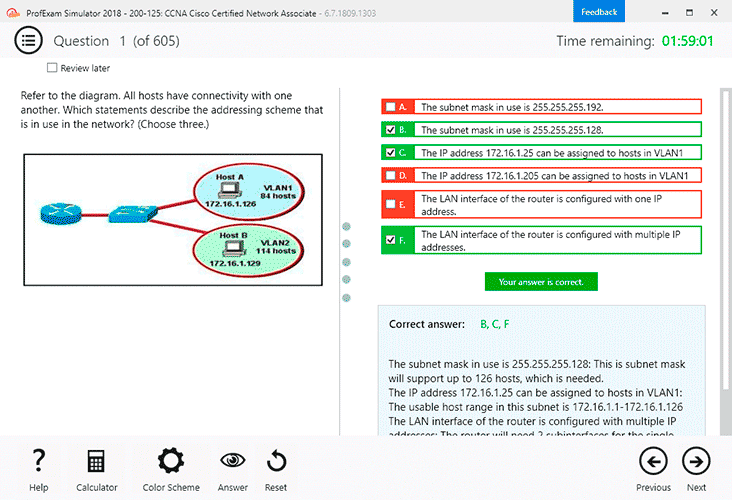
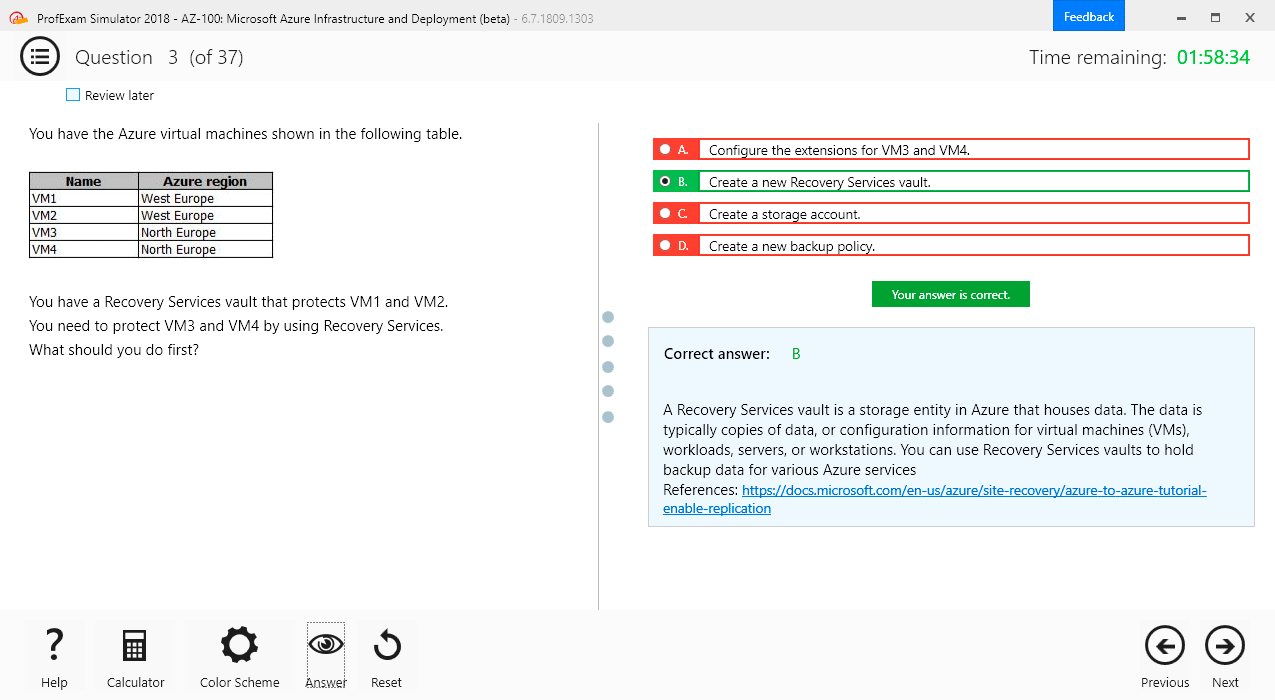
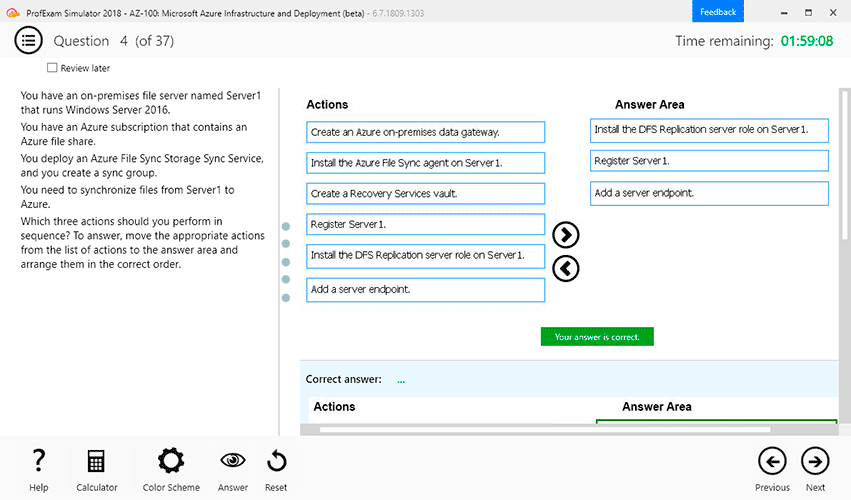
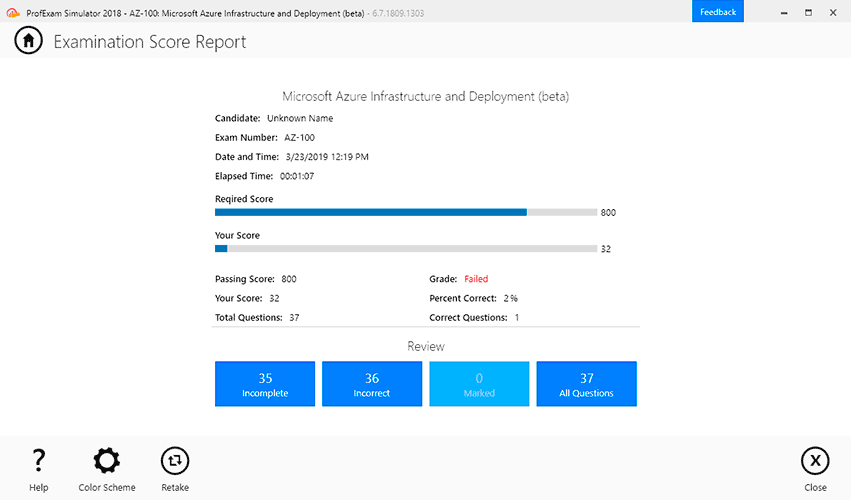
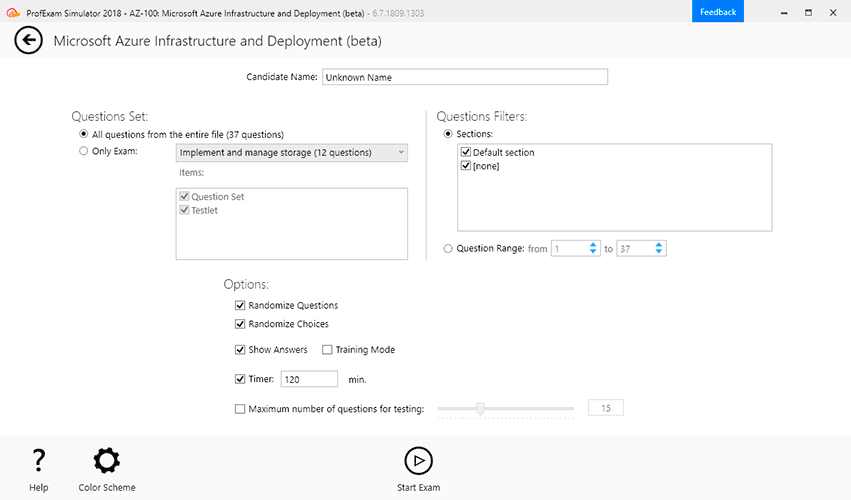

Demo Questions
Question 1
User defined URLS and HTTPS inspection User defined URLs on the Security Gateway are stored in which database file?
- https_urif.bin
- urlf db.bin
- urtf_https.bin
- https_db.bin
Correct answer: B
Question 2
In Mobile Access VPN. clientless access is done using a web browser. The primary communication path for these browser based connections is a process that allows numerous processes to utilize port 443 and redirects traffic to a designated port of the respective process Which daemon handles this?
- Multi-portal Daemon (MPD)
- Mobile Access Daemon (MAD)
- HTTPS Inspection Daemon (HID)
- Connectra VPN Daemon (cvpnd)
Correct answer: A
Explanation:
The Multi-portal Daemon (mpdaemon) is responsible for handling the clientless access connections in Mobile Access VPN. It listens on port 443 and redirects the traffic to the appropriate port of the process that handles the specific connection type, such as cvpnd for SSL Network Extender, MAD for Mobile Access Portal, or HID for HTTPS Inspection. The mpdaemon also performs authentication and authorization for the clientless access connections.Reference: Check Point Processes and Daemons1, Mobile Access Blade Administration Guidehttps://supportcenter.checkpoint.com/supportcenter/portal?eventSubmit_doGoviewsolutiondetails=&solutionid=sk97638https://sc1.checkpoint.com/documents/R81.10/WebAdminGuides/EN/CP_R81.10_Mobile_Access_AdminGuide/html_frameset.htm The Multi-portal Daemon (mpdaemon) is responsible for handling the clientless access connections in Mobile Access VPN. It listens on port 443 and redirects the traffic to the appropriate port of the process that handles the specific connection type, such as cvpnd for SSL Network Extender, MAD for Mobile Access Portal, or HID for HTTPS Inspection. The mpdaemon also performs authentication and authorization for the clientless access connections.
Reference: Check Point Processes and Daemons1, Mobile Access Blade Administration Guide
https://supportcenter.checkpoint.com/supportcenter/portal?eventSubmit_doGoviewsolutiondetails=&solutionid=sk97638
https://sc1.checkpoint.com/documents/R81.10/WebAdminGuides/EN/CP_R81.10_Mobile_Access_AdminGuide/html_frameset.htm
Question 3
What command is used to find out which port Multi-Portal has assigned to the Mobile Access Portal?
- mpcient getdata sslvpn
- netstat -nap | grep mobile
- netstat getdata sslvpn
- mpclient getdata mobi
Correct answer: A
Question 4
How does Identity Collector connect to Windows Server?
- ADQuery is needed for connection
- LDAP connection
- It uses a PDP demon to connect
- via Windows API
Correct answer: D
Question 5
You run a free-command on a gateway and notice that the Swap column is not zero Choose the best answer
- Utilization of ram is high and swap file had to be used
- Swap file is used regularly because RAM memory is reserved for management traffic
- Swap memory is used for heavy connections when RAM memory is full
- Its ole Swap is used to increase performance
Correct answer: A
Question 6
You modified kernel parameters and after rebooting the gateway, a lot of production traffic gets dropped and the gateway acts strangely What should you do'?
- Run command fw ctl set int fw1_kernel_all_disable=1
- Restore fwkem.conf from backup and reboot the gateway
- run fw unloadlocal to remove parameters from kernel
- Remove all kernel parameters from fwkem.conf and reboot
Correct answer: B
Explanation:
If you have modified kernel parameters (in fwkern.conf, for example) and the gateway starts dropping traffic or behaving abnormally after a reboot, the best practice is to restore the original or a known-good configuration from backup. Then, reboot again so that the gateway loads the last known stable settings.Option A (fw ctl set int fw1_kernel_all_disable=1) is not a standard or documented method for ''undoing'' all kernel tweaks.Option B (Restore fwkem.conf from backup and reboot the gateway) is the correct and straightforward approach.Option C (fw unloadlocal) removes the local policy but does not revert custom kernel parameters that have already been loaded at boot.Option D (Remove all kernel parameters from fwkem.conf and reboot) might help in some cases, but you risk losing other beneficial or necessary parameters if there were legitimate custom settings. Restoring from a known-good backup is safer and more precise.Hence, the best answer: ''Restore fwkem.conf from backup and reboot the gateway.''Check Point Troubleshooting Referencesk98339 -- Working with fwkern.conf (kernel parameters) in Gaia OS.sk92739 -- Advanced System Tuning in Gaia OS.Check Point Gaia Administration Guide -- Section on kernel parameters and system tuning.Check Point CLI Reference Guide -- Explanation of using fw ctl, fw unloadlocal, and relevant troubleshooting commands. If you have modified kernel parameters (in fwkern.conf, for example) and the gateway starts dropping traffic or behaving abnormally after a reboot, the best practice is to restore the original or a known-good configuration from backup. Then, reboot again so that the gateway loads the last known stable settings.
Option A (fw ctl set int fw1_kernel_all_disable=1) is not a standard or documented method for ''undoing'' all kernel tweaks.
Option B (Restore fwkem.conf from backup and reboot the gateway) is the correct and straightforward approach.
Option C (fw unloadlocal) removes the local policy but does not revert custom kernel parameters that have already been loaded at boot.
Option D (Remove all kernel parameters from fwkem.conf and reboot) might help in some cases, but you risk losing other beneficial or necessary parameters if there were legitimate custom settings. Restoring from a known-good backup is safer and more precise.
Hence, the best answer: ''Restore fwkem.conf from backup and reboot the gateway.''
Check Point Troubleshooting Reference
sk98339 -- Working with fwkern.conf (kernel parameters) in Gaia OS.
sk92739 -- Advanced System Tuning in Gaia OS.
Check Point Gaia Administration Guide -- Section on kernel parameters and system tuning.
Check Point CLI Reference Guide -- Explanation of using fw ctl, fw unloadlocal, and relevant troubleshooting commands.
Question 7
What process monitors terminates, and restarts critical Check Point processes as necessary?
- CPM
- FWD
- CPWD
- FWM
Correct answer: C
Explanation:
CPWD (Check Point WatchDog) is the process that monitors, terminates (if necessary), and restarts critical Check Point processes (e.g., FWD, FWM, CPM) when they stop responding or crash.CPM (Check Point Management process) is a process on the Management Server responsible for the web-based SmartConsole connections, policy installations, etc.FWD (Firewall Daemon) handles logging and communication functions in the Security Gateway.FWM (FireWall Management) is an older reference to the management process on the Management Server for older versions.Therefore, the best answer is CPWD.Check Point Troubleshooting Referencesk97638: Check Point WatchDog (CPWD) process explanation and commands.R81.20 Administration Guide -- Section on CoreXL, Daemons, and CPWD usage.sk105217: Best Practices -- Explains system processes, how to monitor them, and how CPWD is utilized. CPWD (Check Point WatchDog) is the process that monitors, terminates (if necessary), and restarts critical Check Point processes (e.g., FWD, FWM, CPM) when they stop responding or crash.
CPM (Check Point Management process) is a process on the Management Server responsible for the web-based SmartConsole connections, policy installations, etc.
FWD (Firewall Daemon) handles logging and communication functions in the Security Gateway.
FWM (FireWall Management) is an older reference to the management process on the Management Server for older versions.
Therefore, the best answer is CPWD.
Check Point Troubleshooting Reference
sk97638: Check Point WatchDog (CPWD) process explanation and commands.
R81.20 Administration Guide -- Section on CoreXL, Daemons, and CPWD usage.
sk105217: Best Practices -- Explains system processes, how to monitor them, and how CPWD is utilized.
Question 8
What is the best way to resolve an issue caused by a frozen process?
- Power off the machine
- Restart the process
- Reboot the machine
- Kill the process
Correct answer: D
Explanation:
When a process is frozen (hung or unresponsive), the typical method to resolve it is to kill the process. On Check Point, you can use cpwd_admin kill -name <ProcessName> or a standard Linux kill -9 <PID> command if necessary. You then allow CPWD (the Check Point watchdog) to restart it, or manually restart it if needed.Other options:A . Power off the machine: This is too drastic and not recommended just for a single frozen process.B . Restart the process: While this sounds viable, you typically must kill the frozen process first, then let WatchDog or an admin restart it.C . Reboot the machine: Similar to powering off---too disruptive for just one stuck process.Hence, the most direct and standard approach: ''Kill the process.''Check Point Troubleshooting Referencesk97638 -- Explanation of CPWD (Check Point WatchDog) and how to manage processes.sk43807 -- How to gracefully stop or kill a Check Point process.Check Point CLI Reference Guide -- Details on using cpwd_admin commands to kill or restart processes. When a process is frozen (hung or unresponsive), the typical method to resolve it is to kill the process. On Check Point, you can use cpwd_admin kill -name <ProcessName> or a standard Linux kill -9 <PID> command if necessary. You then allow CPWD (the Check Point watchdog) to restart it, or manually restart it if needed.
Other options:
A . Power off the machine: This is too drastic and not recommended just for a single frozen process.
B . Restart the process: While this sounds viable, you typically must kill the frozen process first, then let WatchDog or an admin restart it.
C . Reboot the machine: Similar to powering off---too disruptive for just one stuck process.
Hence, the most direct and standard approach: ''Kill the process.''
Check Point Troubleshooting Reference
sk97638 -- Explanation of CPWD (Check Point WatchDog) and how to manage processes.
sk43807 -- How to gracefully stop or kill a Check Point process.
Check Point CLI Reference Guide -- Details on using cpwd_admin commands to kill or restart processes.
Question 9
Which of the following file is commonly associated with troubleshooting crashes on a system such as the Security Gateway?
- tcpdump
- core dump
- fw monitor
- CPMIL dump
Correct answer: B
Explanation:
When troubleshooting crashes on a Security Gateway (or any Linux-based system), the file type that is typically generated and used for in-depth analysis is a core dump.A core dump captures the memory state of a process at the time it crashed and is critical for root-cause analysis.Other options:A . tcpdump: A packet capture file, not a crash-related file.C . fw monitor: A Check Point packet capture tool, but not for crash debugging.D . CPMIL dump: Not a common or standard crash dump reference in Check Point. When troubleshooting crashes on a Security Gateway (or any Linux-based system), the file type that is typically generated and used for in-depth analysis is a core dump.
A core dump captures the memory state of a process at the time it crashed and is critical for root-cause analysis.
Other options:
A . tcpdump: A packet capture file, not a crash-related file.
C . fw monitor: A Check Point packet capture tool, but not for crash debugging.
D . CPMIL dump: Not a common or standard crash dump reference in Check Point.
Question 10
When a User Mode process suddenly crashes, it may create a core dump file. Which of the following information is available in the core dump and may be used to identify the root cause of the crash?
i. Program Counter
ii. Stack Pointer
iii. Memory management information
iv. Other Processor and OS flags / information
- iii and iv only
- i and ii only
- i, ii, iii and iv
- Only lii
Correct answer: C
Explanation:
A core dump file is essentially a snapshot of the process's memory at the time of the crash. This snapshot includes crucial information that can help diagnose the cause of the crash. Here's why all the options are relevant:i. Program Counter: This register stores the address of the next instruction the CPU was supposed to execute. It pinpoints exactly where in the code the crash occurred.ii. Stack Pointer: This register points to the top of the call stack, which shows the sequence of function calls that led to the crash. This helps trace the program's execution flow before the crash.iii. Memory management information: This includes details about the process's memory allocations, which can reveal issues like memory leaks or invalid memory access attempts.iv. Other Processor and OS flags/information: This encompasses various registers and system information that provide context about the state of the processor and operating system at the time of the crash.By analyzing this information within the core dump, you can often identify the root cause of the crash, such as a segmentation fault, null pointer dereference, or stack overflow.Check Point TroubleshootingReference:While core dumps are a general concept in operating systems, Check Point's documentation touches upon them in the context of troubleshooting specific processes like fwd (firewall) or cpd (Check Point daemon). The fw ctl zdebug command, for example, can be used to trigger a core dump of the fwd process for debugging purposes. A core dump file is essentially a snapshot of the process's memory at the time of the crash. This snapshot includes crucial information that can help diagnose the cause of the crash. Here's why all the options are relevant:
i. Program Counter: This register stores the address of the next instruction the CPU was supposed to execute. It pinpoints exactly where in the code the crash occurred.
ii. Stack Pointer: This register points to the top of the call stack, which shows the sequence of function calls that led to the crash. This helps trace the program's execution flow before the crash.
iii. Memory management information: This includes details about the process's memory allocations, which can reveal issues like memory leaks or invalid memory access attempts.
iv. Other Processor and OS flags/information: This encompasses various registers and system information that provide context about the state of the processor and operating system at the time of the crash.
By analyzing this information within the core dump, you can often identify the root cause of the crash, such as a segmentation fault, null pointer dereference, or stack overflow.
Check Point Troubleshooting
Reference:
While core dumps are a general concept in operating systems, Check Point's documentation touches upon them in the context of troubleshooting specific processes like fwd (firewall) or cpd (Check Point daemon). The fw ctl zdebug command, for example, can be used to trigger a core dump of the fwd process for debugging purposes.

